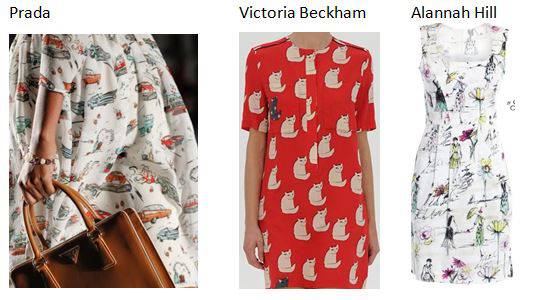After some time deliberating over the beautiful print submissions we had to choose our winner and 2 runner ups. What we were looking for was a overall repeating print with unique elements that would translate well into their overall collection designs. Students quickly realised that when digitally printing even a pixel can make a difference, here are our winners.
The Winner is:
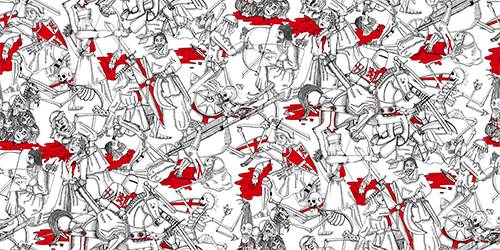
Sarah Smith
We chose Sarah Smith’s design as the winner for her unique hand drawn designs, inspired by the crusades.
1st Runner up is:
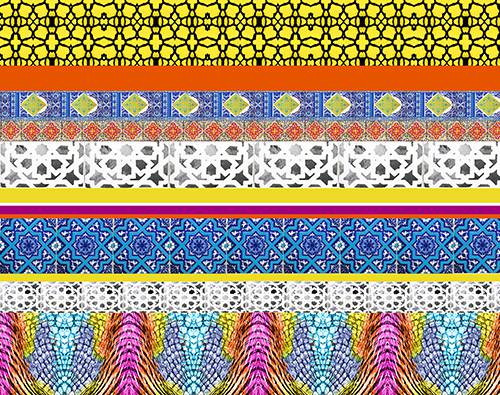
Malani Biasetto
We loved the collage of texture displayed on Malani Biasetto’s repeating print. We thought it was a great way to display an array of prints inspired by Morrocan tiles
2nd Runner up is:

Jacqueline Wong
Jacqueline Wongs repeat came in 2nd runner up for using an image of a shipwreck inspired by a nautical theme into a textured all over print.
Along with our competition with TAFE we were also asked to contribute to the 2nd year Fashion Design capsule ranges.
We wanted students to build on their knowledge about printing and how to get a print to repeat. We gave students colour palettes to work with and asked that they design a repeat print to go with their collection.We received 22 submissions which we had the very difficult task of choosing the winner and 2 runners up. Here are the 22 designs, which are your favourites?
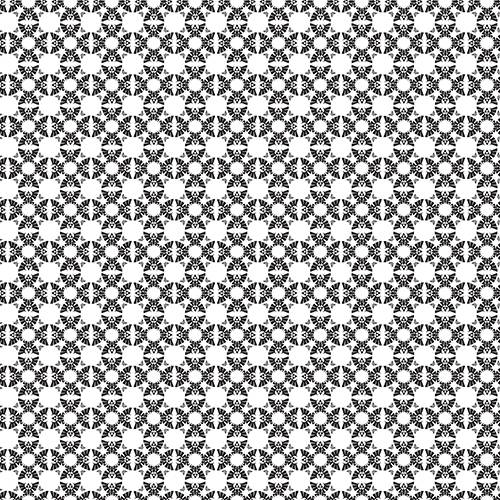
Amy Stivicic
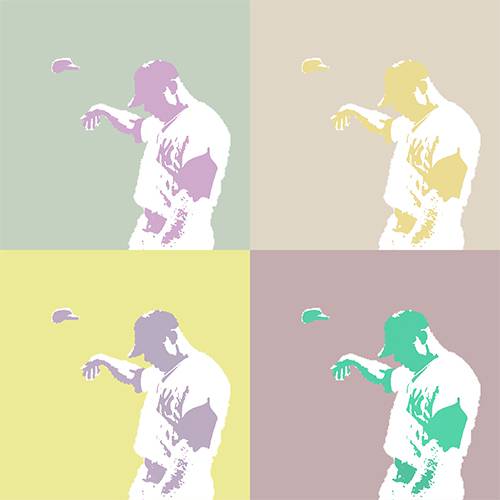
Rebecca Strickland
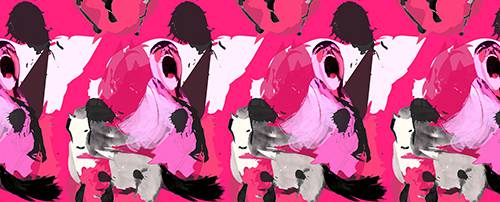
Olivia Gow

Maysam Naaman

Malani Biasetto
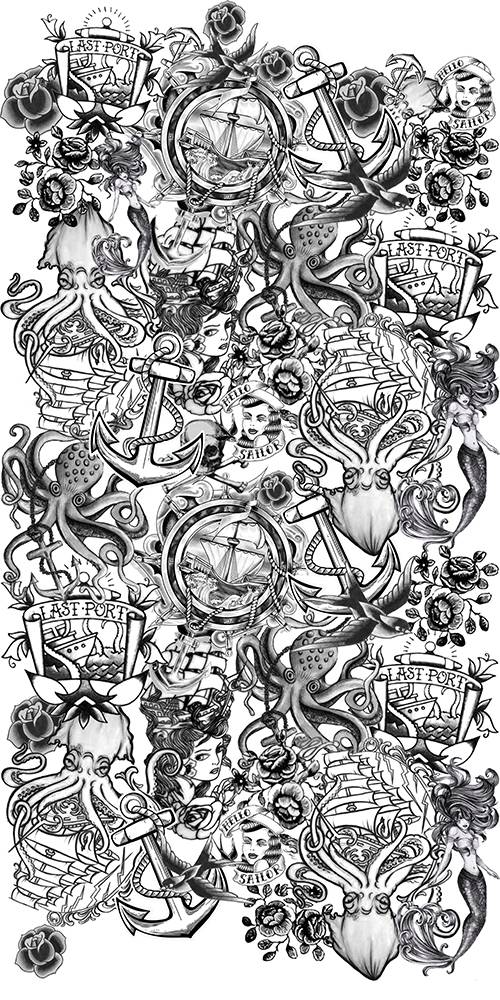
Madison Watson-Hicks
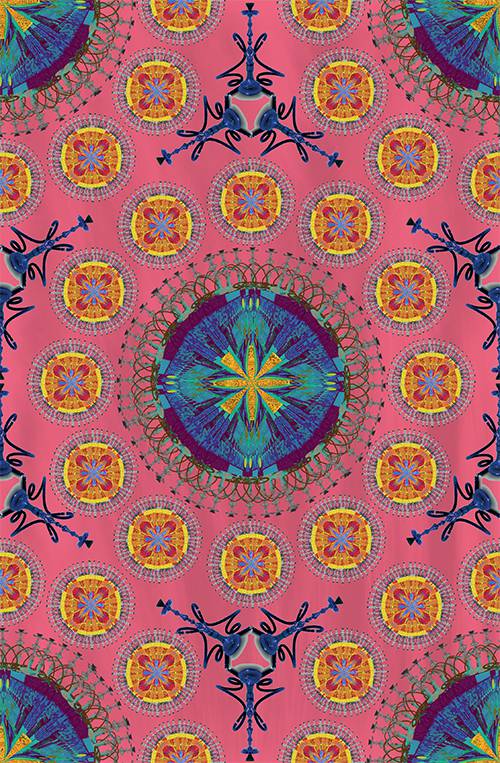
Kristy Micallef
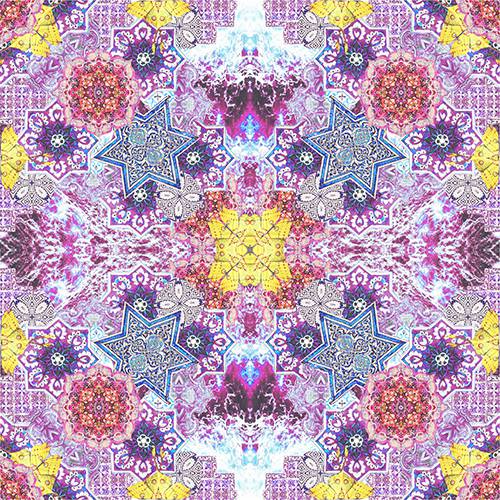
Keone Raiwi

Keang Tong
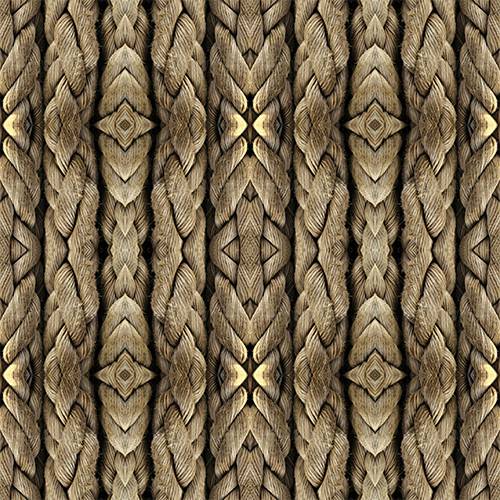
Katelyn Phillips
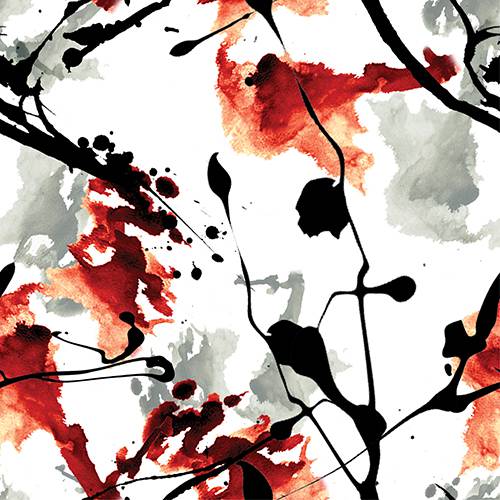
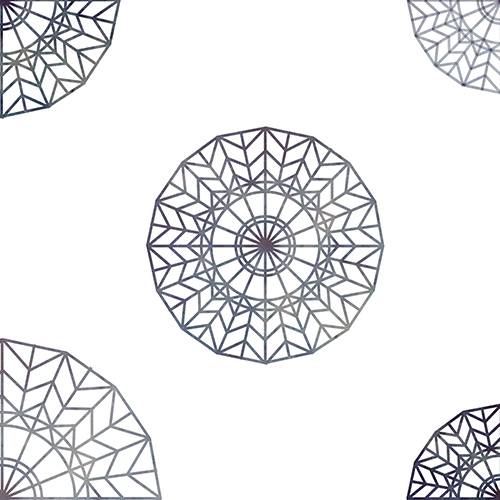
Hikaru Todoroki

Jacqueline Wong

Gemma Della Bosco
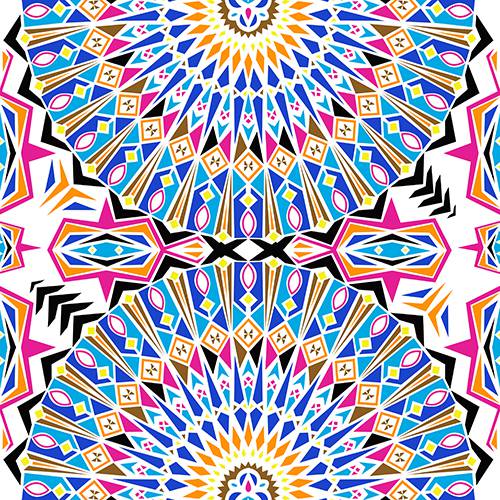
Despina Gregoriou
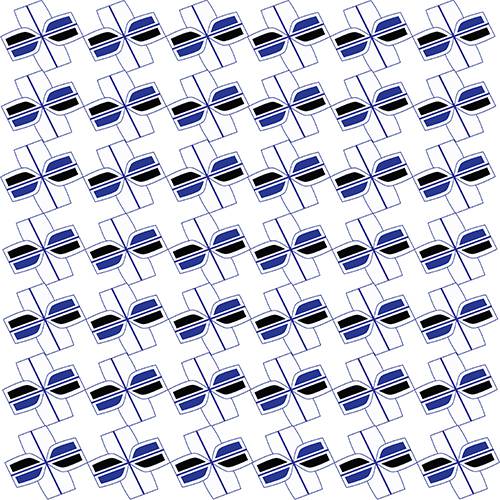
Cerrie Chan
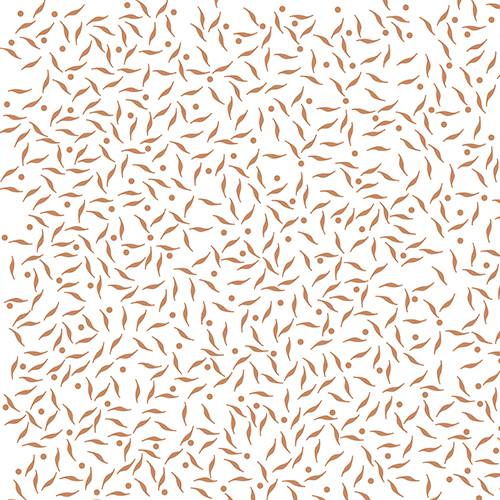
Bing Dimaporo

Bianca Makdessi
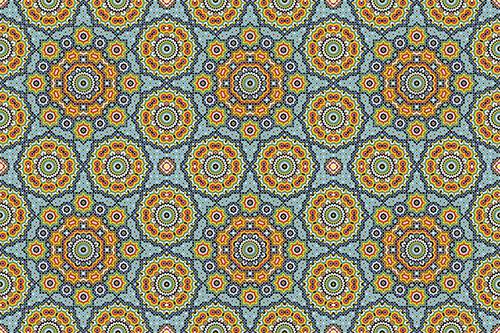
Belinda Ireland
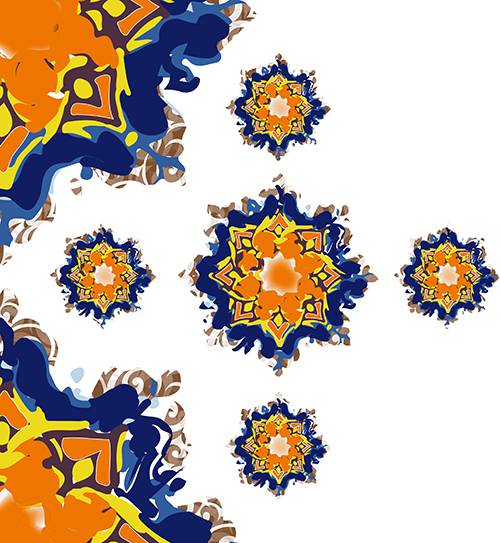
Wan Li Li

Sarah Smith
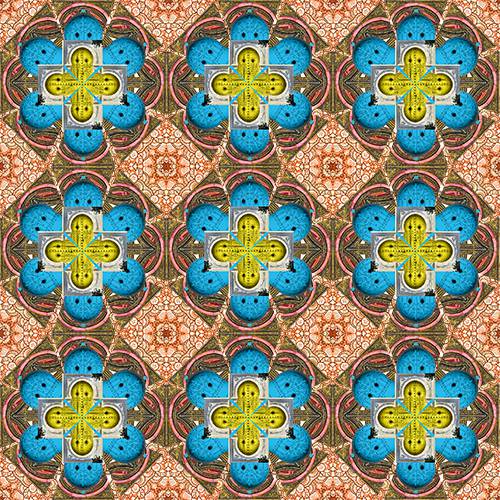
Rebecca King
Last week Digital Fabrics was asked by St George TAFE to exhibit the scarves their students designed for a competition for us.
For those who couldn’t make it we took the liberty of photographing our space for all to see. What do you think?
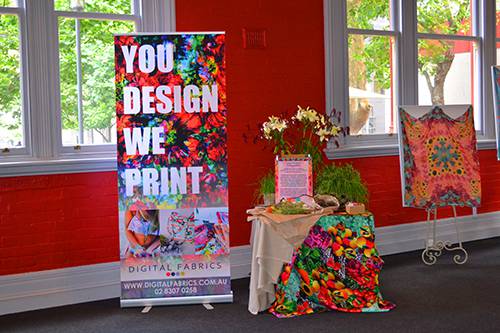
You Design We Print
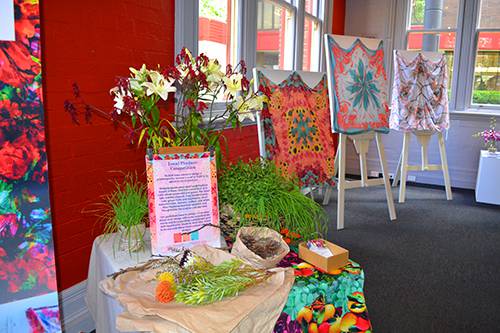
Digital Fabrics Exhibition at the MUSE, ULTIMO
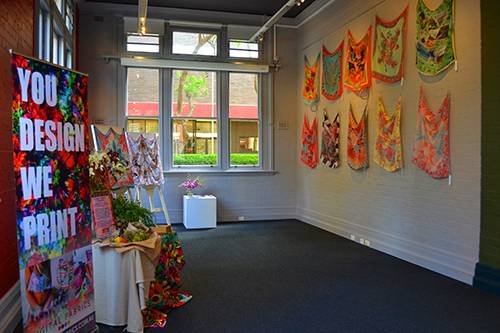
Printed scarves on show
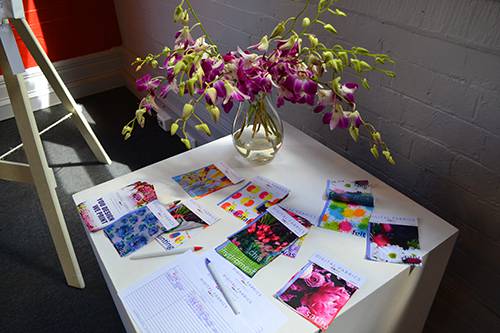
printed samples table
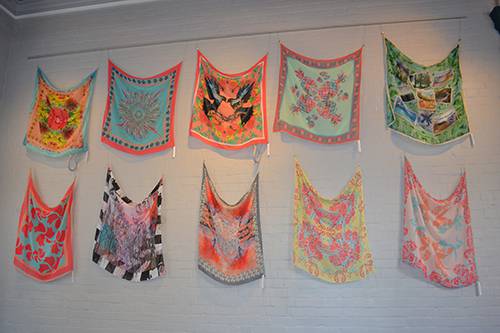
wall of printed scarves
We are kicking off this week with images from our scarf photo-shoot in which we tried to capture an amazing scarfs that were designed by fashion students from St George TAFE for our “Local Produce” woman’s scarf SS14 competition.
Here we go: model our Barbara Brayovic, photographer Maria Tanygina and you are be the judge.
All scarfs were printed and made at Digital Fabrics.
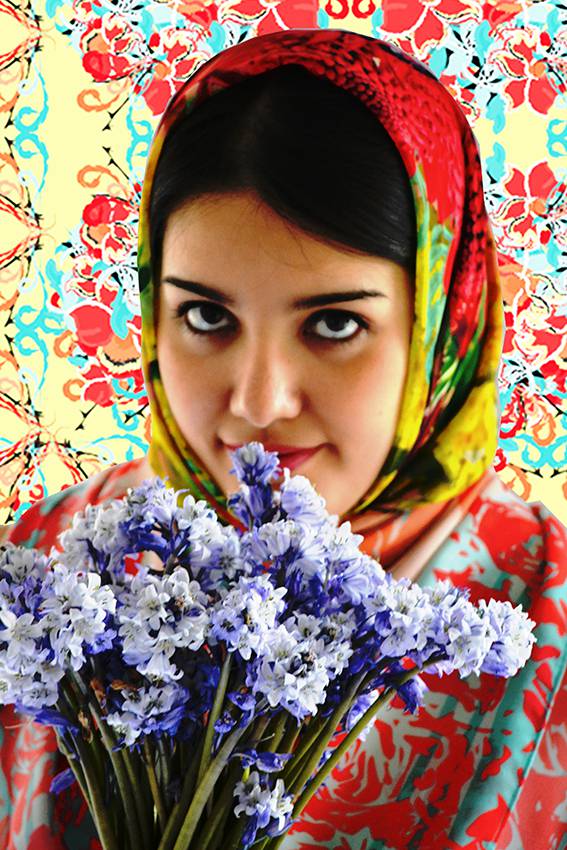
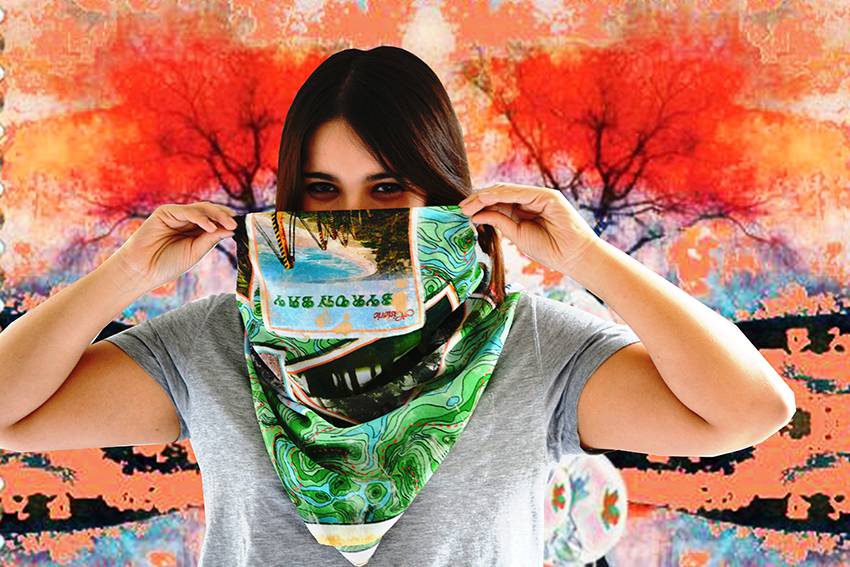
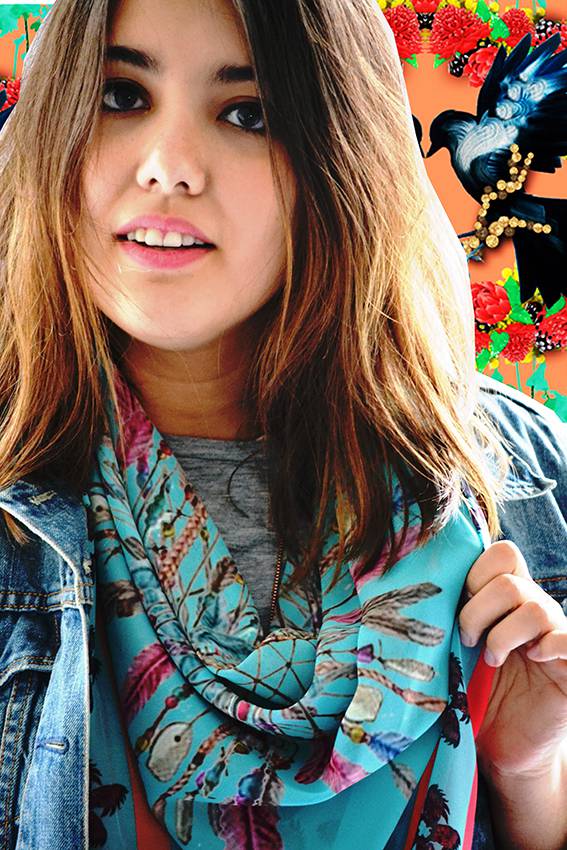
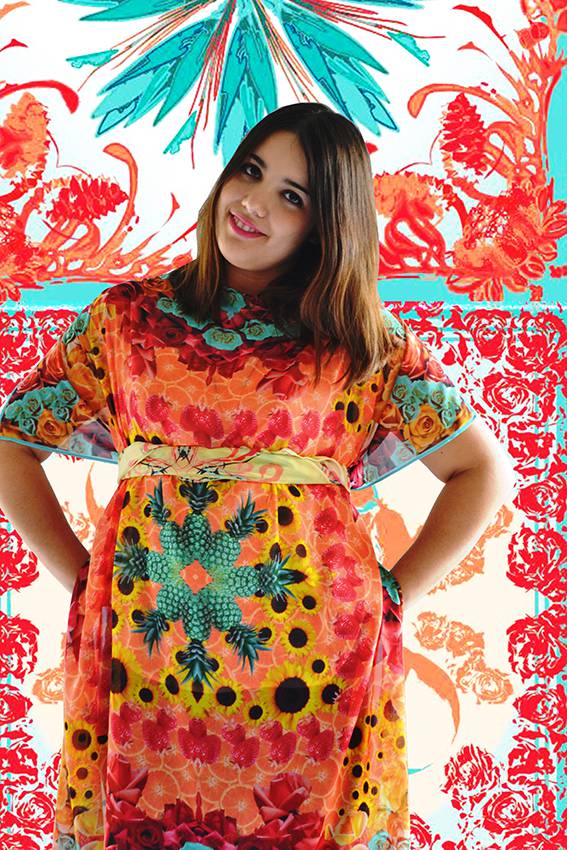
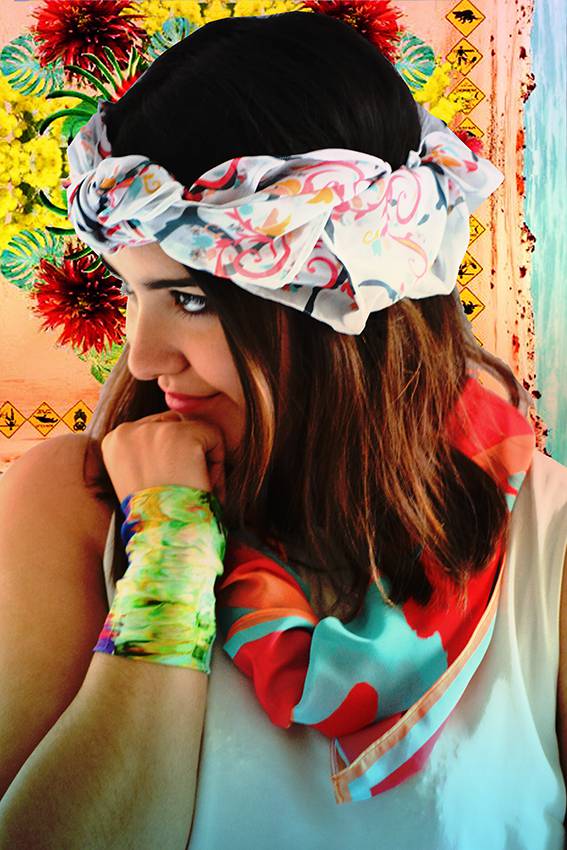
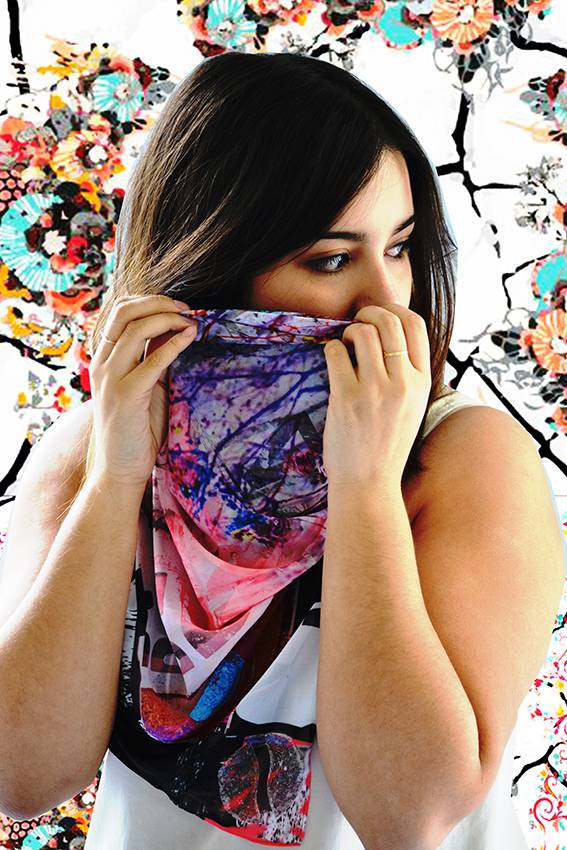

Different types of surface textures from a range of objects and places of inspiration
If the digital printing form on textiles where it’s possible to render fine detail and subtleties in colour, adding texture to your design can enhance your print, lifting it beyond the end product into a realm of its own.
There are many ways to add depth and interest into your designs and playing with textures is just one of them, but considering that we come into constant visual contact with surface variations, we have endless avenues for inspiration. The bricks of a house, the bark of a tree, the frothiness of our morning coffee, the reflections out the bus window, shadows, ripples, concrete, clouds, grass…its everywhere and it all can feed through into a great design.

Different types of surface textures from a range of objects and places of inspiration
And there are just as many ways to translate a rough or smooth or in between feature. Whether you start out organically rendering the area by hand, take photographs to rework it, use features in design programs or a combination of any of these things to overlay and manipulate, its undeniable that at some point as a creative being you’ve considered the importance of texture in your current piece of work.
This is not about using it all the time and everywhere, just an observance piece how texture plays a fairly large role in the designing of fabric prints and has just as much impact as colour, scale, movement or positive and negative space.
So be aware and be inspired and take another look at the surface area of your smoked salmon wrap, what’s happening with texture there?
Great sources of texture images and inspiration can be found at the following website, some of which were used as sources for the included images:
Fine Art America
Deviantart
Pattern People
The Fashion world is a buzz by the release of yet another Target collaboration, the latest designer lending their creative talent is 3.1 Phillip Lim
The collection highlights the classic silhouettes 3.1 Phillip Lim is famous for, with some statement pieces; the collection features clothing, intimates, shoes, bags and travel accessories.
We have added a few of our favourites, which of course feature prints! Get inspired by these printed beauties!
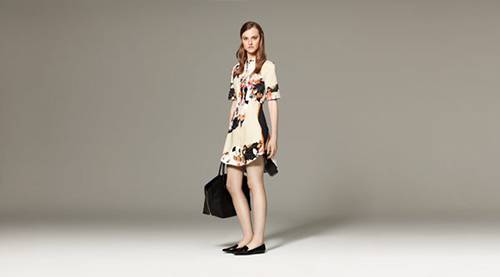
3.1 Phillip Lim for Target
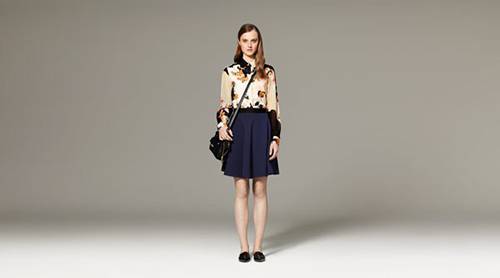
3.1 Phillip Lim for Target
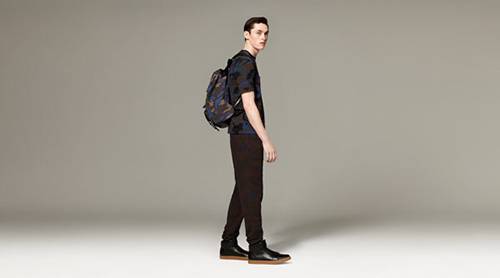
3.1 Phillip Lim for Target
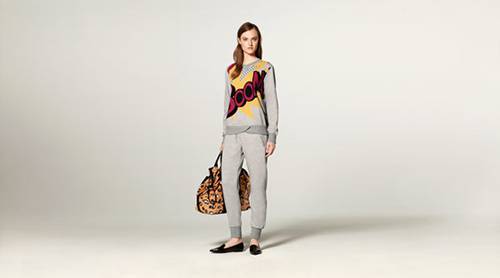
3.1 Phillip Lim for Target
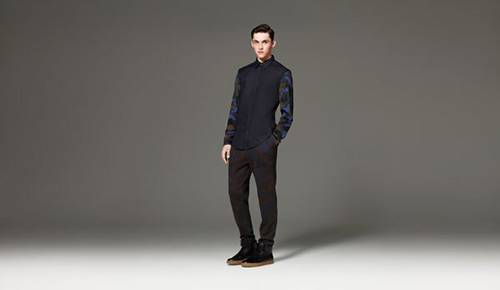
3.1 Phillip Lim for Target
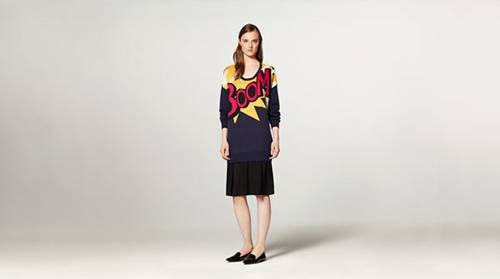
3.1 Phillip Lim for Target
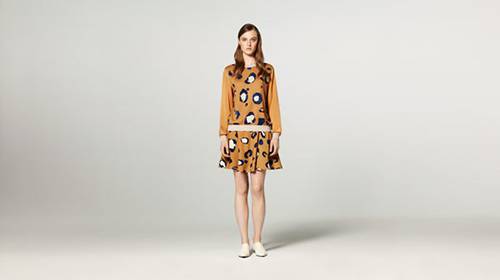
3.1 Phillip Lim for Target
The collection will hit Target stores in the States September 15.
Images from hollywoodlife

Range of products on offer at Front Row Society
(L-R) Pansy Patch Scarf by Emma Smyth, Sinner Tank Top by Ivano Tella You See Your Tribe leggings by Saori Ito,
Here is an innovative brand and design house making one long front row for customers and designers to sit side by side. Based in Berlin, Germany and conjured by local Florian Ellsaesser, Front Row Society is all about “design with a story”. Fostering a collaborative open collective of designers, FRS gives their customers what they want by making them the designers.
FRS scours the whole globe for new, fresh and exciting talent through their design competition challenges. Posting a new challenge every few months, FRS gives anyone the opportunity to put forward their designs which are then voted on by the general public to get a shortlist before celebrating the five or so winners. The winners do get a cash prize but they’re also showcased on their website including the info on what challenge they entered and where the hail from.
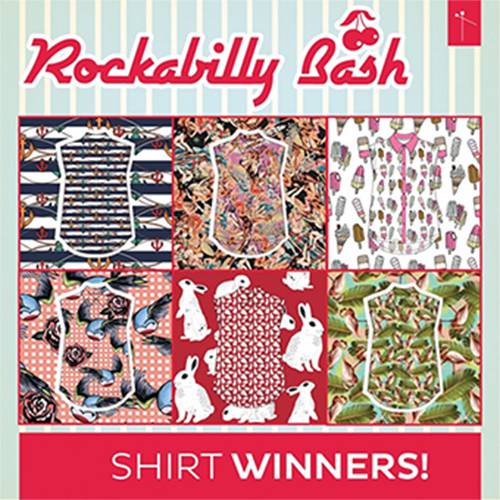
Announcement of the winners of the most recent challenge, the Rockabilly Bash Shirt
The aim of the game for the challenges is all about prints of all varying capacities. They cycle through a range of different products from scarves and leggings, to swimwear and bags. This month’s challenge is for Autumn handbags with the theme being Pure Math or Art Deco. FRS also helps out with relevant tutorials applicable to the varied contests.
It’s a great way to engage the customer, making them not only the audience of an ever changing and exciting show, but putting out a hand to pull them on stage too. Designer or customer or vice versa. One is not necessarily the other but they could be both, which is great news for either!

Battlefields II range by Stefano Popovski
Rucksack, Handbag and Clutch
It’s not the only way they create and develop their ranges but it plays a big part and they still reference the designer at all stages which is a nice indication that there’s a mutual respect happening across the seasonal lines.
So have a burl, flex your repeat design muscle and even if you don’t win you can always come to Digital Fabrics to get your spanking new design printed and then do with as you please! Now if that’s not exciting, the weekend is sure to be dull, enjoy!!

Scarf prints
(L-R) Intertwined by Emma Smyth, Coral Melody by Oana Soare, Syncretic Cycle by Valentino Fiammetta
We live in a very “international” age where it’s pretty impossible to live in any part of this country and not have access to information about a plethora of subjects and issues spanning the globe. And whether or not you pay much attention to it all or a little bit, at some stage you’re bound to come across sign posts for key factors that essentially impact Australians and their economy.
For example, perhaps up until this year you had paid little to no attention to where the clothes on your back were actually produced and then there was the absolutely devastating building collapse of the clothing factory in Bangladesh.
Perhaps this tragedy has highlighted some significant areas for consideration including what is the best production practice for Australian fashion houses. This brings us to print runs produced off shore, predominantly in China but increasingly in Korea and India, compared to printing on our own sunny shores. Should we be pushing for one over the other or is there a happy medium that can be forged with cooperation from members of the TCFA industry bodies and government?
Clearly price point is a huge factor and although the minimum wage for factory workers in these countries is well below what we would consider acceptable for ourselves, if we were to take away their source of income altogether by ceasing production completely, what does that do to their livelihood? And yet to support innovation and growth within Australia for both screen and digital printing is to continue to promote our own economic growth with an increased work force and encourage companies to stay local.
You can’t deny that China in particular has a rich history of fabric innovation being the first to cultivate and produce silk. Neither can you dismiss India and her surrounds for their impact on international printing trends and practices. But it would be great if right here in our own backyard we were given the opportunity to establish a stable and reliable fashion printing industry on a large scale.
The printing that is currently offered here in Australia has some key advantages and should be taken advantage of. Companies can deal directly with printers giving them a greater amount of control from initial strike off to full bulk runs. This in turn reduces time pressures by limiting the back and forth waiting for shipments or time zone constraints. Minimums are generally lower which means sampling can be produced with a lower risk and greater flexibility of having multiple print styles. And on an environmental note, the freight back and forth overseas is greatly reduced lowering emissions.
So keep up to date on all that international news, live globally, but support Australian industries, print local, print with Digital Fabrics!
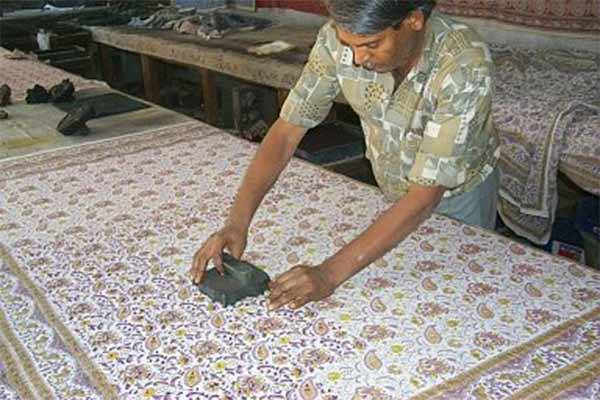
image from : www.grant.org/plewins/india2000/Artists/block.html
Block printing on cloth for the clothing market has been in circulation since the time of the Ancient Egyptians. India and China both too have rich histories in printing cloth to be worn as garments. In Peru, prior to the settlement of the Spanish in the sixteenth century, the Incan society had a highly developed method of printing. In the seventeenth century, with high society in Europe driving fashion trends, the popularity of hand painted and block printed calico from India increased rapidly. The superiority of fine fabric and bright designs from India lead to their ban in France and England until they were eventually lifted in 1759 as the European mills perfected the art of copies.
Mid eighteenth century saw the start of the industrial revolution and the introduction of new technologies. Block printing was replaced by mechanised roller printing. Mass produced textiles for both the home and for fashion began. Although the high volume of printed fabric tended to lessen the quality of the designs, it also made them far more affordable which in turn showed an increase in middle to lower class people wearing printed fashions.
Flatbed screen printing was introduced in the 1930’s with improvements in stencil application throughout the years. Fibre developments and metal verse wooden screens also saw dramatic improvements to the accuracy and multi coloured designs printed. The 1950’s mechanised flatbed printing and in 1962 rotary printing was introduced.
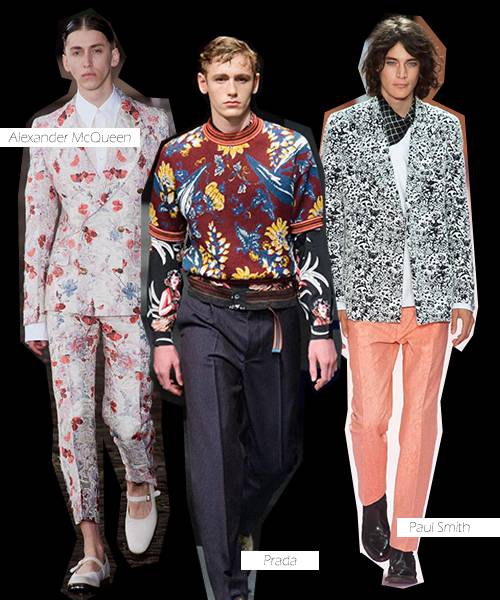
Digital textile printing in the late 1980’s radically changed textile design and production for the fashion industry. Dye sublimation printing furthered this impact in the 1990’s. The creative possibilities, aesthetics and photographic replication have considerably increased a designer’s choice for quality printed fashion textiles. This digital fabric printing technology is constantly being improved and modified; opening doors to all areas of innovative fashion design the world over.
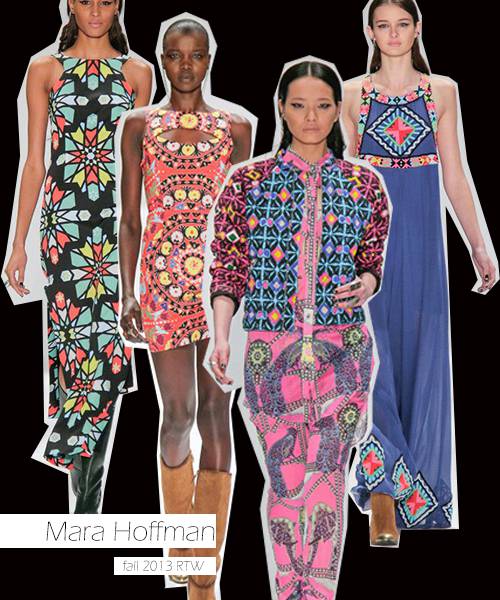
Take a closer look in our other article on digital fabric printing prospects.
Fashion prints are as trend driven as colour and garment style. Fashion prints are becoming an increasingly utilised tool in a fashion designer’s tool kit. Therefore although the following is a general run down of the various types of fashion prints, depending on the season and year, some maybe more popular than others.
Floral – associated with any plant form depicted whether it be a flower bud or tree. There are names descriptive of the scale of the floral such as Liberty or the style such as Ditsy.
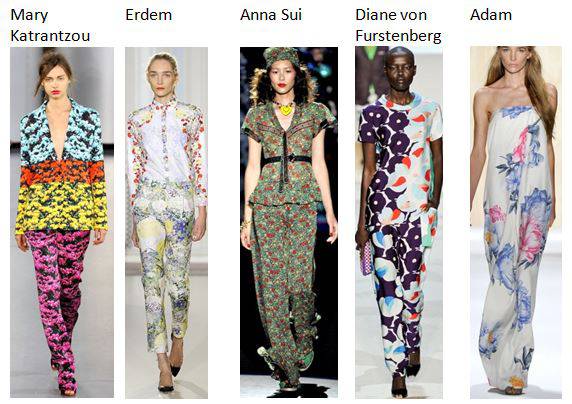
Geo – Geometric prints range from colour blocking random shapes to the tessellating patterns inspired by Islamic art. Geo prints can also fall under Abstract or Graphic.
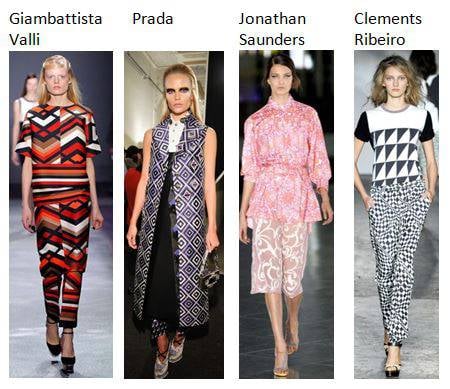
Graphic/Abstract – Abstract is used to describe unrecognisable forms and motifs, mostly because they cannot be described any other way. Graphic is descriptive of the boldness of a print. Refers to predominantly modern designs and sometimes goes hand in hand with another of the types listed here i.e. Graphic Floral.
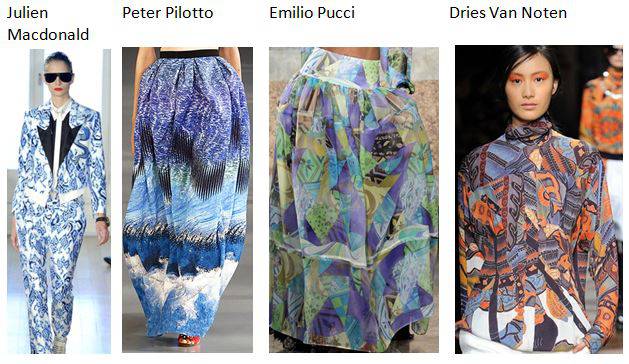
Animal/Skin – Printed replicas of various animal skins not necessarily the full body of the animal itself i.e. leopard, snake, alligator, zebra etc.
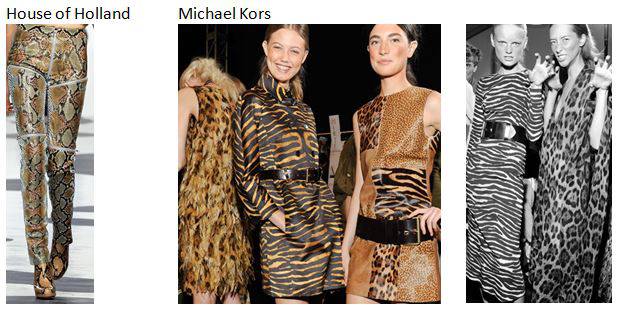
Conversational – Recognisable images such as everyday objects and animals generally taken out of familiar context or placed in conjunction with out of context images i.e. human legs carrying houses. Often ‘cartoon’ in rendering and with a whimsical feel, also called novelty prints.
